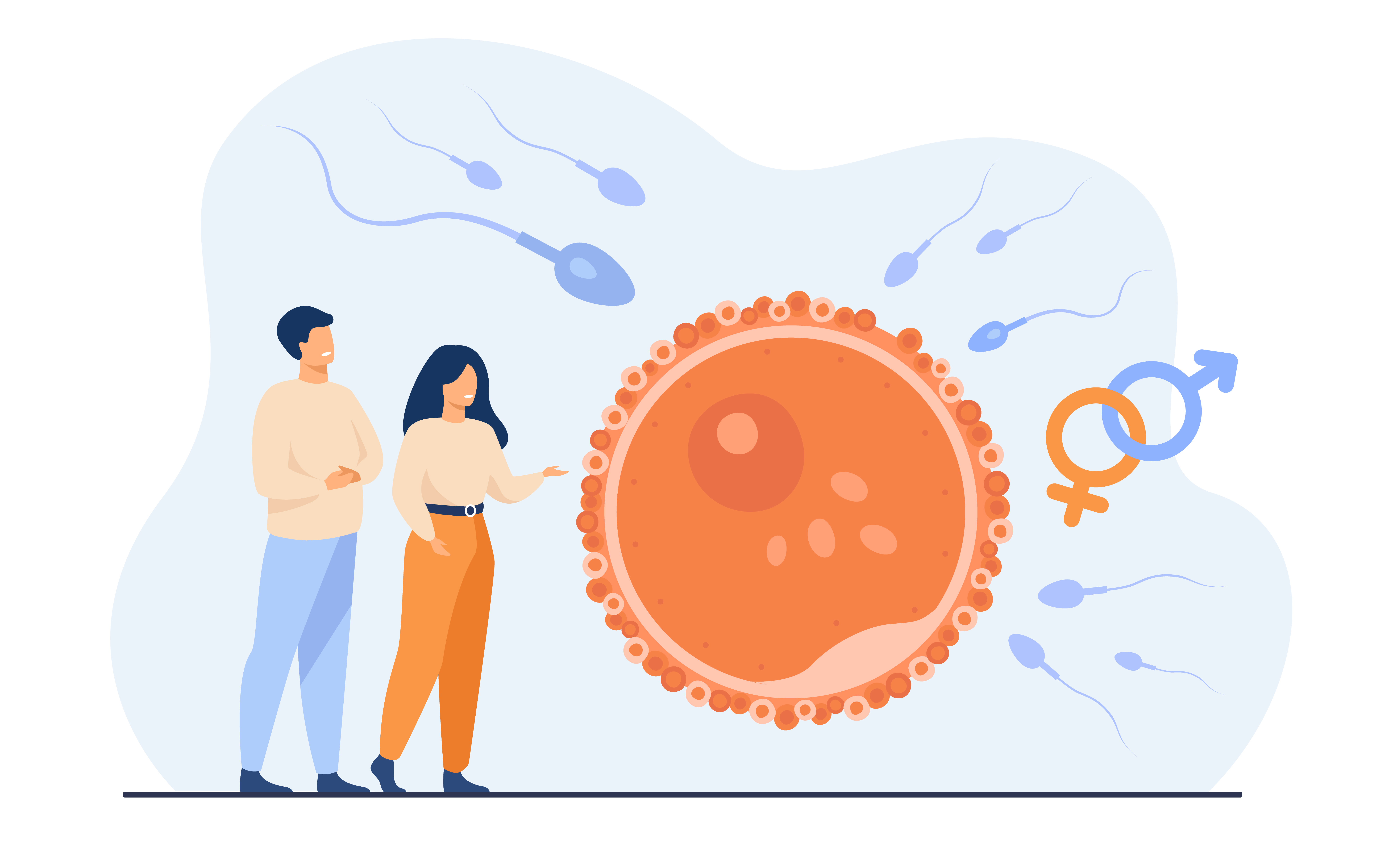Inside IVF: Through The Eyes of Nepal’s Experts
Tag along as we explore IVF hot topics through the insights of top fertility experts, highlighting medical advances, legal challenges, and a shared commitment to inclusive, evidence-based care.

What are your clinic’s policies on same-sex couples, single parents, or non-traditional families? Angel Fertility Clinic believes in non-biased, evidence-based medical practices aligning with the current policies put forward by the Nepal Government. The existing laws in Nepal have recommended some restrictions in cases of same-sex couples, single parents, and non-traditional families. Incomplete interim order implementation from the government in such cases has bound us to limit certain fertility treatments, however, Angel Fertility Clinic has been providing Reproductive Health Care services to all individuals irrespective of their sexual orientation or marital status. The clinic has also been advocating loudly for legislative reforms through various platforms.What is your embryo grading system? How do you determine embryo quality? Angel Fertility Clinic uses both standard morphological assessments as well certified tools to grade embryos. For example; Day 3 embryos are graded on behalf of the number of blastomeres, morphoknetics, size of blastomeres, fragmentation and their cytoplasmic appearance. Day 3 embryos which develops into 6-8 blastomeres of uniform sizes, non-granular cytoplasm, fragmentation less than 10% are ideal and are considered embryos of good quality, and have higher chance of succeeding. On the other hand, day 5 embryos or blastocysts are graded based on Gardner's System which grades embryos based on their stage of expansion, compaction of the inner cell mass that forms fetus, and quality of cohesion of the outer layer that forms placenta. For example; a day 5 embryo of grade 5Aa represents expanded blastocyst with "A" excellent grade of fetal cell and "a" excellent grade of placental cell. About Preeti Bista Started as a Reproductive Scientist in year 2015, I have an extensive exposure to clinical embryology procedures over the past 10 years. I graduated from University of Valencia in Assisted Reproductive Technology and have multiple trainings from IIRFT New Delhi, Embryogeny, CHL Apollo Hospital, and Nepal International Fertility and Laparoscopy Centre. Along with it, I hold a Certificate in Clinical Embryology from American Society of Reproductive Medicine (ASRM). I have been involved with various other clinical projects and have been working in the forefront to promote Nepal as a Global Medical Tourism hub About Angel Fertility Centre Established with a a purpose of delivering highest standard of evidence-based fertility treatment in Nepal, AFC stands out as fertility clinic with highest number of complex and challenging infertility cases. The clinical team of AFC has been providing wide range of services from General Reproductive Health Checkup, Fertility Screening, Fertility Treatments, Pregnancy Care, Cosmetic Gynecology, Reproductive Genetic Services and Pre-Post Conception Counselling. We've six senior consultant Gynecologist and Obstetricians with fellowship in Reproductive Medicine, Minimally Invasive Surgeries and Cosmetic Gynecology. The team also comprises of three reproductive scientists who have cumulative experience of 20 years in the field of Clinical Embryology. Can you explain the difference between a fresh vs. frozen embryo transfer in detail? In a fresh embryo transfer, the embryo (formed after an egg is fertilized by a sperm) is transferred into the uterus either on day 3 or on day 5 after egg retrieval in the same IVF cycle. This approach may be suitable when the endometrial lining is optimal and there are no complications from ovarian stimulation. In a frozen embryo transfer (FET), embryos that were developed and cryopreserved in the previous cycle are thawed and transferred into the uterus in a later cycle after proper preparation of the uterus. This method allows the body time to recover from stimulation, offers scheduling flexibility, and may yield improved pregnancy outcomes in certain cases. Do you monitor uterine lining thickness before transfer? What’s considered optimal? Monitoring of the endometrial (uterine) lining is routinely done via ultrasound before embryo transfer. While the optimal thickness is generally between 8–12 mm with a trilaminar appearance (this significantly enhances the chances of successful implantation), individual cases may vary and require adjustments based on specific clinical factors and whether it is a fresh or frozen embryo transfer. About Dr. Sanu Maiya Shrestha Dr. Sanu Maiya Shrestha (Pradhan) is Nepal’s first qualified IVF specialist with over 20 years of experience and training from UNSW, Australia. She has helped deliver over 1000 IVF babies under her solo leadership. About Creator’s IVF Nepal: Creator's IVF Nepal is the country’s first independent IVF center led by a fully Nepalese-qualified ART team. With a focus on compassionate care and evidence-based treatment, the center offers affordable world-class fertility services in the heart of Lalitpur.


